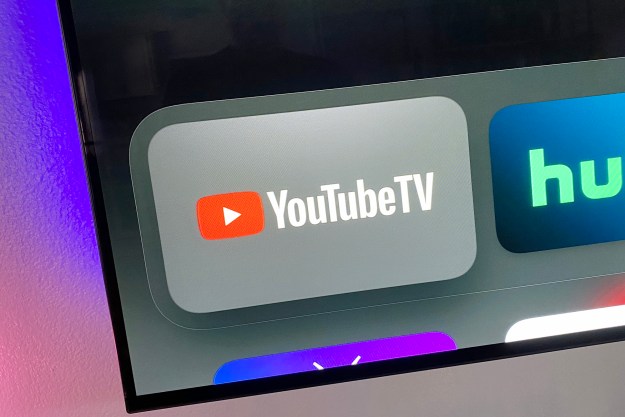Following similar measures already taken by YouTube in Europe, the Alphabet-owned video giant has decided to switch the default quality of its videos to standard definition for all of its users, according to Bloomberg.
The move is a global one, though it’s not a restriction per se. Users still have the ability to switch to a higher resolution if one is available, but this will have to be done on a video by video basis.
In Europe, officials had asked companies such as Netflix and YouTube to throttle the quality of their video content as a way of proactively helping to reduce the load on the region’s internet infrastructure. Currently, Netflix, YouTube, Amazon Prime Video, and Disney+ have all voluntarily complied with this request.
However, no such request has been issued so far by U.S. officials, which makes YouTube’s decision a curious one. “We continue to work closely with governments and network operators around the globe to do our part to minimize stress on the system during this unprecedented situation,” Google said in a statement, according to Bloomberg, and the publication claims that YouTube’s decision is “a preemptive measure given growing concerns at the government level.”
As recently as March 19, Digital Trends reported that network capacity in the U.S. was not under threat due to an increase in the amount of usage arising from coronavirus, officially known as COVID-19. Nonetheless, we’ve reached out to data analysis company BroadbandNow to see if this has changed with the growing number of Americans being advised to stay home if possible. We’ve also reached out to Amazon to see if the company’s Prime Video platform has any plans to change its streaming quality here. We’ll update this article as soon as we hear back from them.
If you’re among the millions of people staying put right now and you’re looking for some tips on how to make the best of the situation, we have a comprehensive guide to staying home, including:
- How to stay sane while working from home
- How to fix the most common Wi-Fi problems
- Suggestions for tidying up your space from Marie Kondo
Editors' Recommendations
- YouTube just massively angered Apple fans by adding a feature
- Sling TV versus YouTube TV
- YouTube TV just got even better on iPhones and iPads
- What is YouTube Premium? Price, content, and more
- YouTube TV just added a huge new add-on for $15 a month



